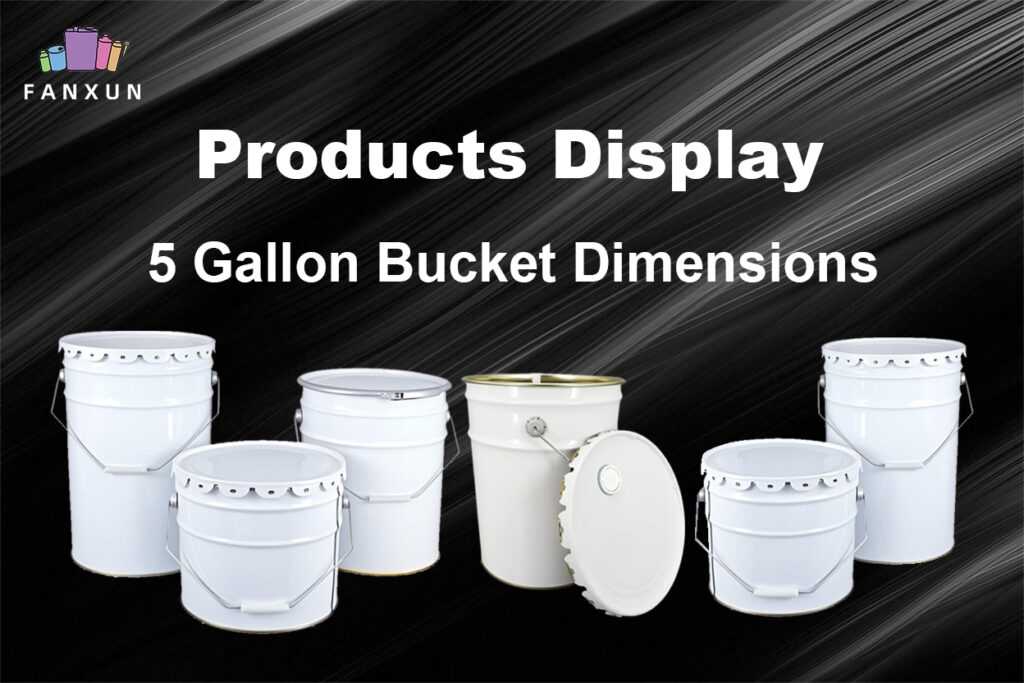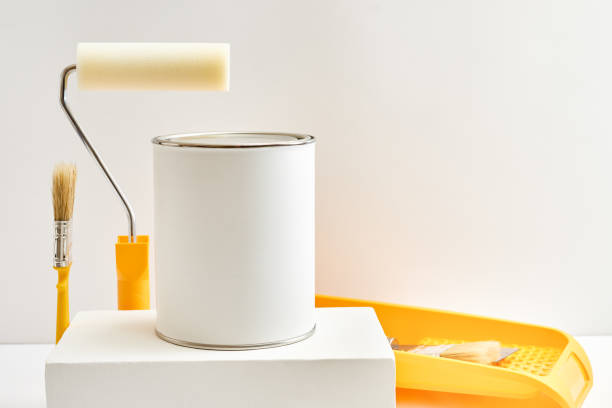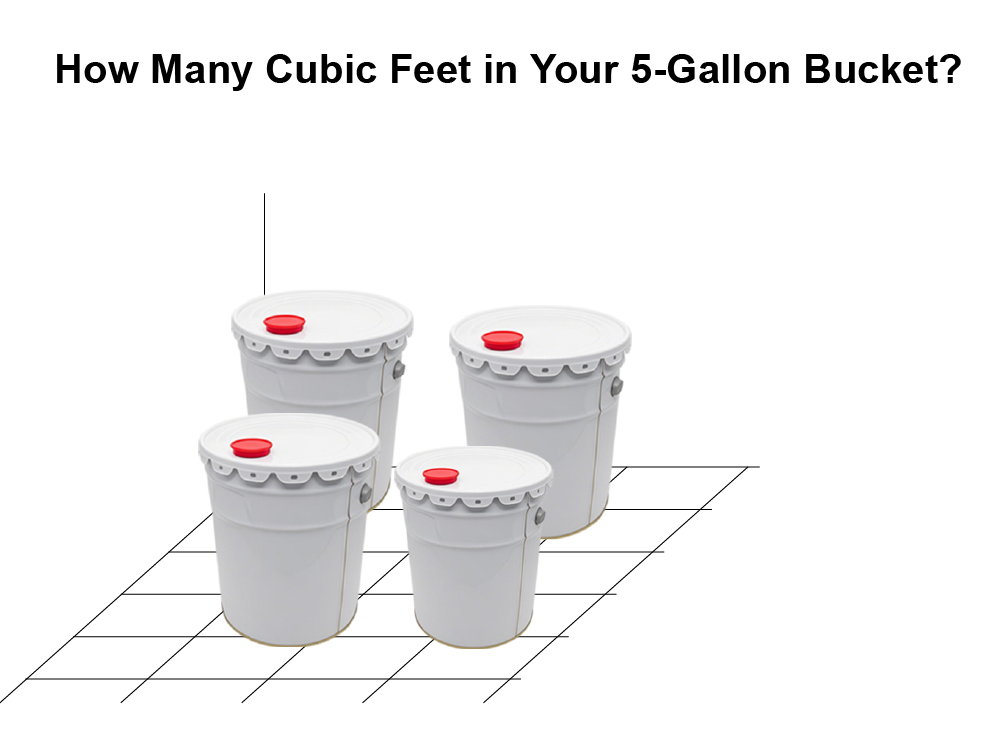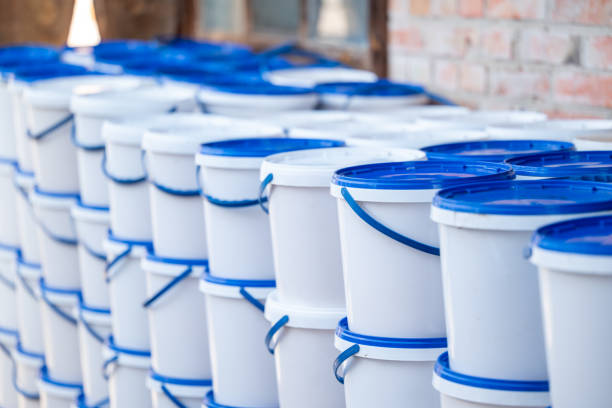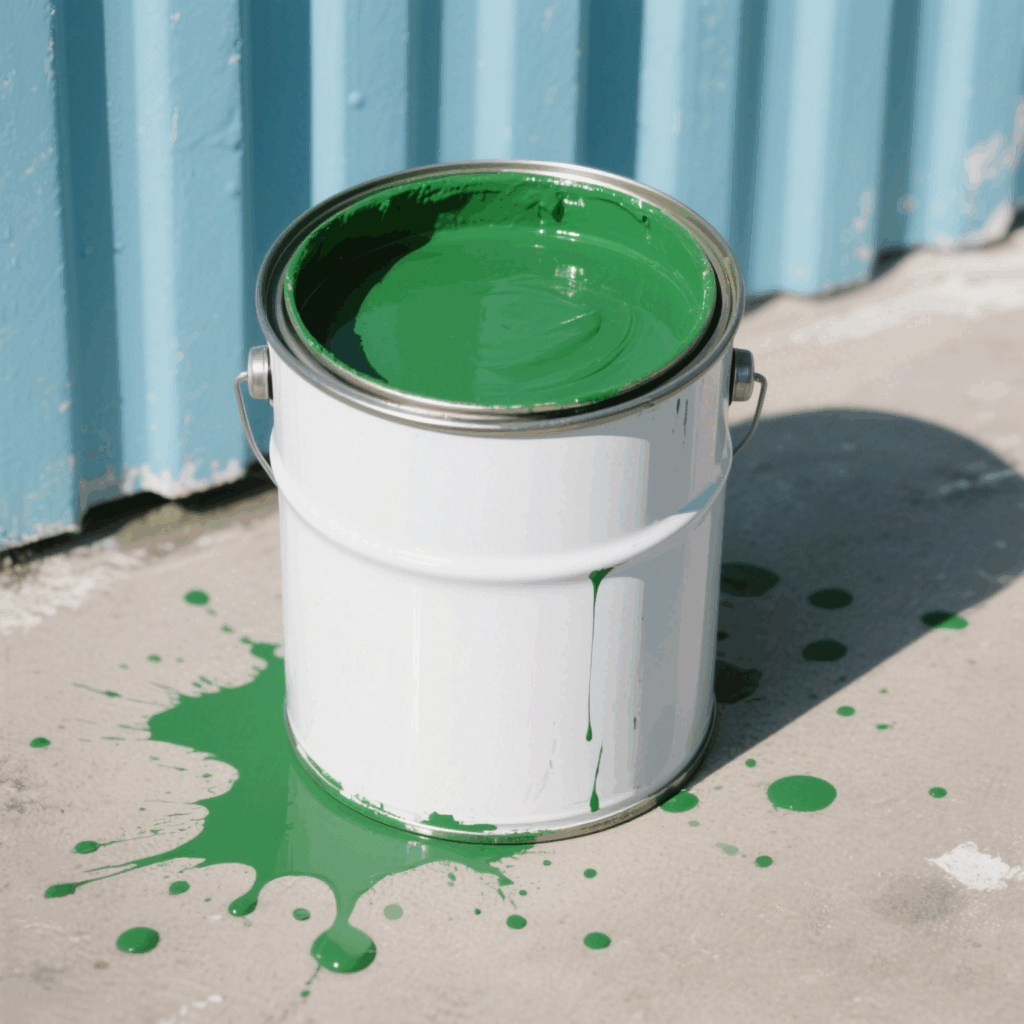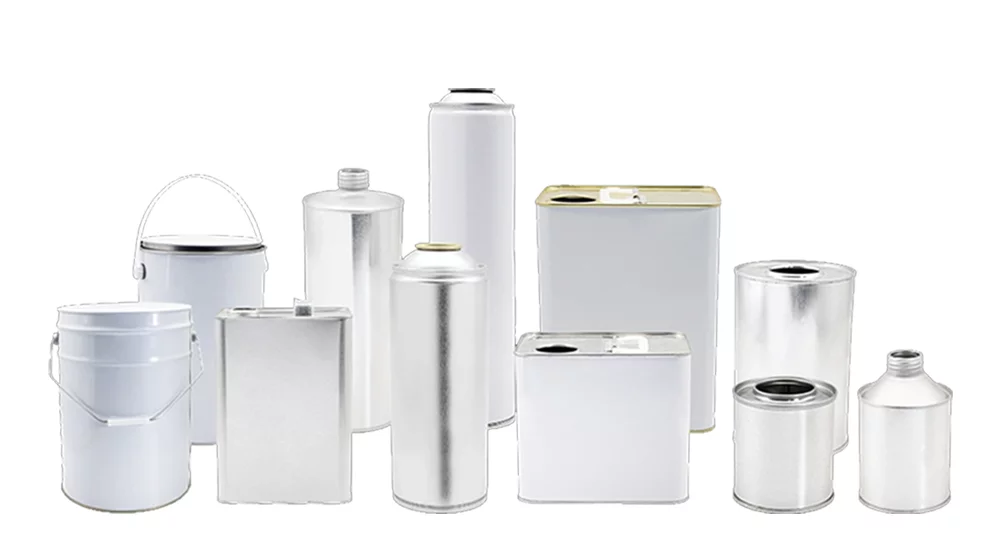Metal drums play an integral role in the industrial and commercial sectors as a sturdy and durable container. Metal drums are usually available in gallons or liters, depending on regional standards. Common sizes range from 1 gallon (3.8 liters) à 55 gallons (208 liters), and custom sizes are available for special uses. The choice of capacity depends on the type of substance being stored, the mode of transportation, and the handling requirements. Par exemple, large-capacity drums are suitable for bulk transportation of liquids such as oil, produits chimiques, or food ingredients, while smaller-capacity drums are used for paints, coatings, et plus

Common units of metal pail capacity
The capacity units of metal pail vary depending on the region and usage scenario. Common capacity units include the following:
Milliliter (mL): Mainly used for smaller capacity metal pail usually suitable for fine chemicals or laboratory products. Common small iron drum capacities include 500mL, 1000mL, etc..
Liter (L): A widely used capacity unit internationally, suitable for medium to large iron drums. Common capacities include 5L, 10L, 20L, etc., suitable for storing products such as paint and lubricants.
Gallon: Gallon is a commonly used capacity unit in North America, et 1 gallon is approximately equal to 3.785 liters. Common metal pail capacities include 1 gallon, 5 gallons, etc., suitable for the storage of petroleum products and chemicals.
Quart: Quart is mainly used in the United States, et 1 quart is equal to a quarter of a gallon (about 0.946 liters). This unit of iron drum is often used for packaging products such as lubricants and motor oils.
Drum: In the industrial field, especially in the chemical and oil industries, “drum” is usually used as a unit. The most common is a 55-gallon iron drum, which is approximately equal to 208 liters.
These capacity units help users choose the most suitable iron drum specifications according to different storage needs, ensuring the convenience of transportation and use.
Common units of metal pail capacity
The capacity units of metal pail vary depending on the region and usage scenario. Common capacity units include the following:
Milliliter (mL): Mainly used for smaller capacity metal pail, usually suitable for fine chemicals or laboratory products. Common small iron drum capacities include 500mL, 1000mL, etc..
Liter (L): A widely used capacity unit internationally, suitable for medium to large metal pail. Common capacities include 5L, 10L, 20L, etc., suitable for storing products such as paint and lubricants.
Gallon: Gallon is a commonly used capacity unit in North America, et 1 gallon is approximately equal to 3.785 liters. Common metal pail capacities include 1 gallon, 5 gallons, etc., suitable for the storage of petroleum products and chemicals.
Quart: Quart is mainly used in the United States, et 1 quart is equal to a quarter of a gallon (about 0.946 liters). This unit of iron drum is often used for packaging products such as lubricants and motor oils.
Drum: In the industrial field, especially in the chemical and oil industries, “drum” is usually used as a unit. The most common is a 55-gallon metal pail which is approximately equal to 208 liters.
These capacity units help users choose the most suitable iron drum specifications according to different storage needs, ensuring the convenience of transportation and use.
Capacity conversion formula and examples
For conversion between different units, the commonly used formulas are as follows:
Liter (L) to gallon (US Gallon): 1 liter = 0.264 gallon
Gallon (US Gallon) to liter (L): 1 gallon = 3.785 liters
Liter (L) to quart (US Quart): 1 liter = 1.057 quart
Quart (US Quart) to liter (L): 1 quart = 0.946 litre
Conversion example:
Suppose a barrel has a capacity of 20 liters, convert it to US gallons:
20L ÷ 3.785 = 5.28 gallons.
Suppose a barrel has a capacity of 10 gallons, convert it to liters:
10 gallons × 3.785 = 37.85 liters.
Résumé
In international trade, the standards of different countries will affect the production and specification selection of barrels. Par exemple, when exporting to the North American market, gallons or quarts are usually used, while when exporting to European or Asian countries, metric units such as liters or milliliters are more commonly used. Donc, when conducting international cooperation, companies must ensure that the capacity markings of their products meet the standards of the destination country and be familiar with the conversion between units. By reasonably mastering the international standards of capacity units and their conversion methods, companies can better meet the needs of global customers and ensure the competitiveness and adaptability of their products in the global market.















